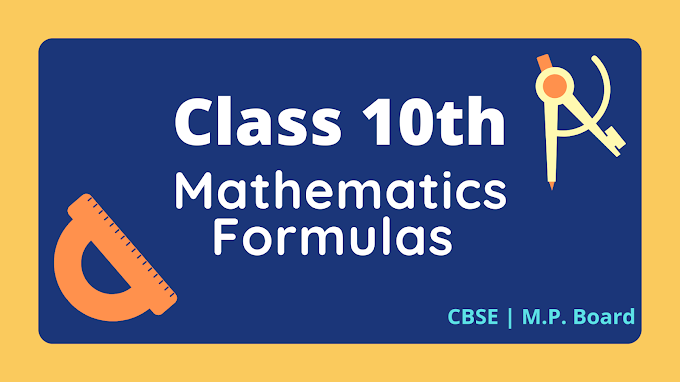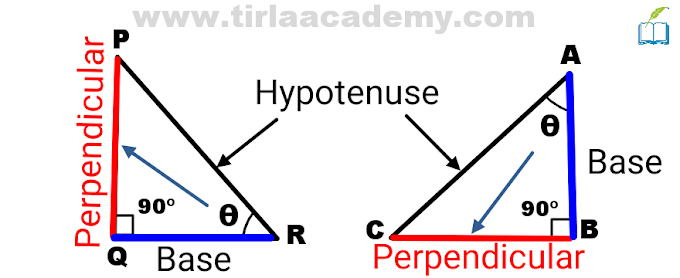In the previous article of Arithmetic Progression, we learnt about the Nth term
of series.
We learnt how to find the twelfth term of the series or which term
will be 30.
In this article, we will learn the sum
of N term of the series. First, we discuss its basic terms.
Sum of N term
This is
the sum of the first N term of Arithmetic Progression. It is denoted by Sn. Where n may be any
place in the series of A.P.
Some other terms & Detailed explanation on Arithmetic Progression we discussed in our previous article. You should read it for
better understanding.
1.) The formula for the sum of N term of Arithmetic Progression
Sn = (n÷2)(2a + (n-1)d)
Where,
Sₙ = Sum of N term of A.P.
n = number of terms or position of term.
a = first term of A.P.
d = common difference.
2.) How to find the sum of N term in Arithmetic Progression (A.P.)?
Take an
example to find the sum of N terms of an Arithmetic Progression. Let's
discuss it -
Find the sum of first 22 terms of Arithmetic Progression 2,4,6,8,10.........
Given-
a = 2, d = 2 (4-2) & n = 22,
Finding Sₙ=? means S22 because
we need to find the sum of first 22 terms where n shows a number of terms or position
of term. For this, we have a formula-
Sn = (n÷2)(2a +
(n-1)d)
Put all the values in above formula :
- Sn = (n÷2)(2a + (n-1)d)
- S22 = (22÷2)(2×2 + (22-1)2)
- S22 = 11(4 + 21×2)
- S22 = 11( 4 + 42)
- S22 = 11( 46 )
- S22 = 506
So here
the sum of the first 22 terms S₂₂ in given A.P. is 506.
3.) How to find the value of n in A.P. for the given sum?
Now we
take another example for how to find the position of term or value of N if we
have the sum of N term means Sn.
Let's discuss it-
Find the value of n if A.P. is 2,4,6,8,....... & sum of first n term is 1000.
Given-
Sn = 1000, a = 2, d = 2, n = ? ( We need to find
how many terms give sum 1000 in given A.P.). Put all the above values in formula
:
- Sn = (n÷2)(2a + (n-1)d)
- 1000 = (n÷2)(2×2 + (n-1)2)
- 1000 = (n÷2)(4+2n-2)
- 1000 = (n÷2)(2+2n)
- 1000×2 = n(2+2n)
- 2000 = 2n + 2n²
- 2n² + 2n - 2000 = 0
Above
solution indicating there is not any value of N which give the sum 1000 in given
A.P.
If n is any natural number then we consider it. But here we get decimal
value so we will not consider.
From the above examples, we understand how to find the sum of N term & value of N for the given sum in Arithmetic Progression (A.P.).
From the above examples, we understand how to find the sum of N term & value of N for the given sum in Arithmetic Progression (A.P.).
We may find the value of the common difference in an Arithmetic
Progression.







